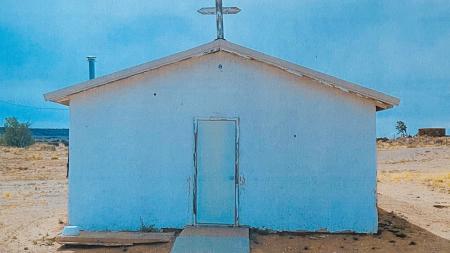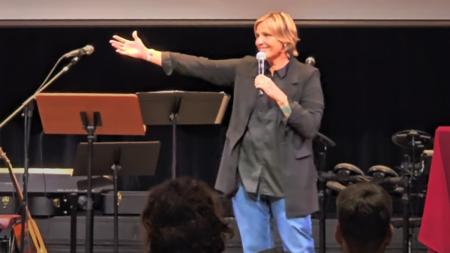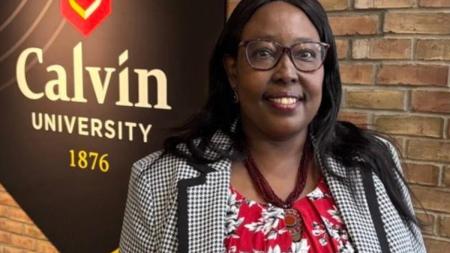CRC Marks the End of Truth and Reconciliation Commission

Louisa Bruinsma
Canadians have been listening to the stories of the survivors of Indian residential schools, told at the Truth and Reconciliation Commission (TRC) over the past six years.
Darren Roorda, Canadian Ministries director, wrote in a letter to churches in April, that through the TRC "we learned more about what it means to seek justice, love kindness, and walk humbly with our God, in this time and this place, together as Indigenous people and descendants of immigrants."
To celebrate the wrap-up of the TRC this June, the Christian Reformed Centre for Public Dialogue and Canadian Aboriginal Ministry Committee have been asking people to write about their own milestones along the the journey to reconciliation as part of the Truth and Reconciliation Milestone Project.
Here’s one story of a milestone along the reconciliation journey from Louisa Bruinsma of Edmonton:
Two quite different roles in which I serve came together for me in March 2014: that of adult English as a Second Language (ESL) teacher and as a member representing the CRCNA on the national Board of KAIROS Canada, an ecumenical justice organization supported by the Christian Reformed Church.
After presenting a statement for KAIROS at the Truth and Reconciliation Commission, I decided to teach a unit on residential schools to my class, and to end it with the Blanket Exercise.
The Blanket Exercise is a participatory exercise in which people stand on blankets (representing Turtle Island, the name Indigenous peoples give to North America) in a circle as a script is read. As treaties and quotes from real historical figures are read, blankets are folded up or taken away to show visually how land was gradually taken from Indigenous peoples.
It was a very ambitious undertaking. On the morning I was to do the exercise with the class (the same week as the TRC hearings), I was filled with dread, and almost decided to pull a different lesson out of my hat.
But by then I was committed: my husband was going to play the role of the "European," the volunteers had been primed on the exercise and were prepared to ensure their groups of students were aware of what the exercise entailed.
And I realized that the worst that could happen would be that 14 very puzzled people from around the world would think I was a bit crazy. And so, with fear and trembling, I proceeded with the Blanket Exercise.
The response humbled me and also made me proud. During the debriefing session after the exercise, one of my Chinese students said, "I go to Chinatown. I see people just lying on the street! I think, 'I work, you should work.' But, now I understand." Five students even attended part of the TRC.
After the closing ceremonies of the TRC, it was -20 C with a nasty wind howling during the symbolic walk to the Alberta Legislature. I had my ears covered with toque and hood. My husband said, "Someone is calling you." I looked around and saw that two of my students – and their husbands – had actually participated in the walk.
I am extremely humbled, and also overwhelmed. I am an avid gardener. It never fails to amaze me how a small seed knows to become a huge sunflower, or another to become a plant with cobs of delicious corn.
My experience, both at the TRC hearings, and with my ESL students, was a personal affirmation that – trite as it may sound – we do what we need to do, and God makes the seeds become what they need to be. And that may mean stepping out of our comfort zone to take risks.


